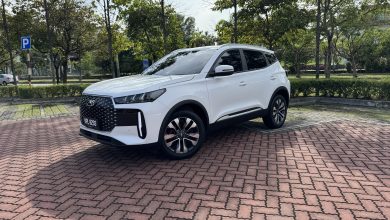Honda City Vs Nissan Almera: Next-Gen Sedan Showdown
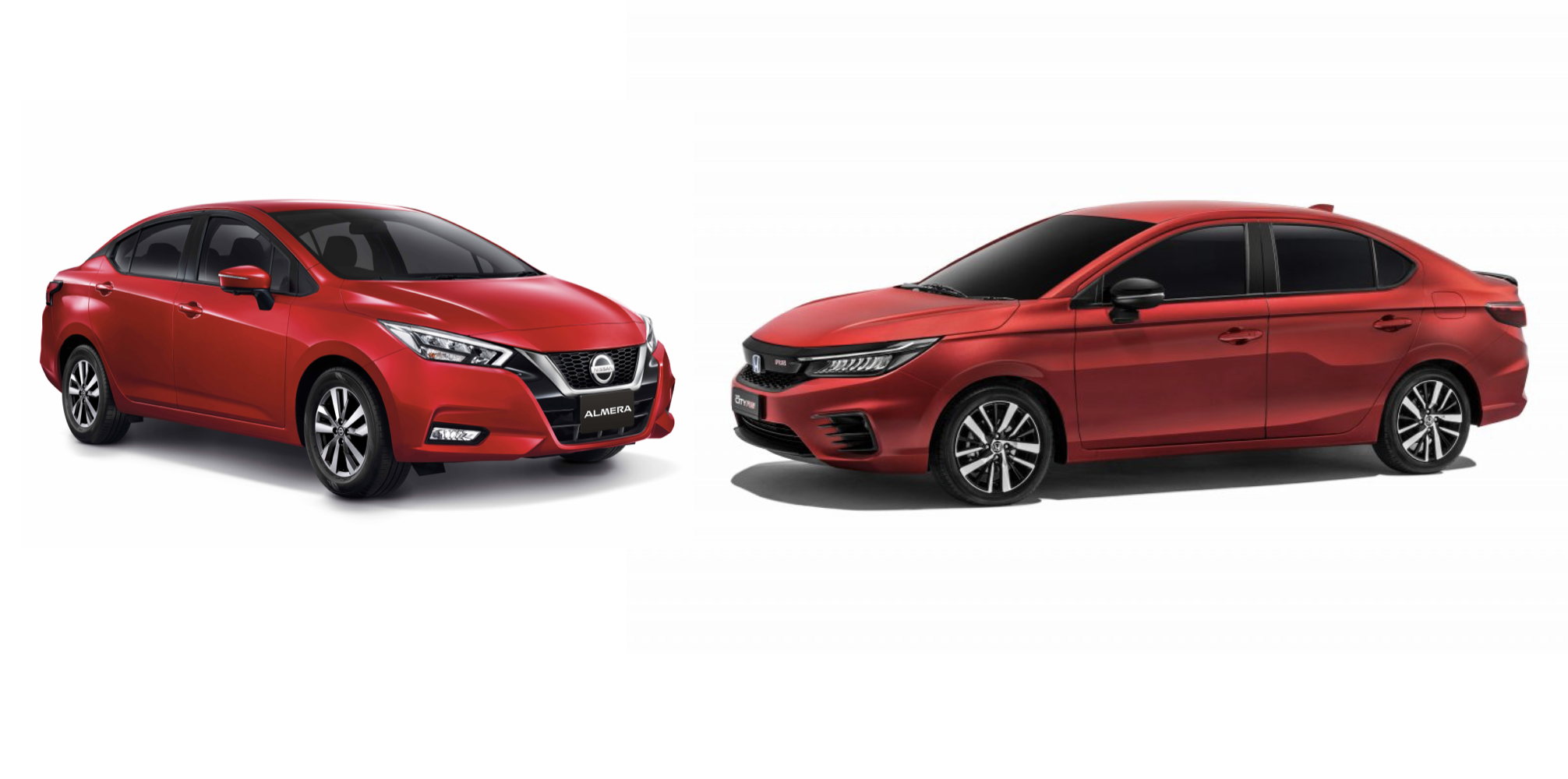
Which B-segment sedan would come out on top?
Hot off the fanfare from the local launch of the new Honda City comes news from Nissan Malaysia that its new Almera sedan will be arriving in a couple of days. With two heavily revised versions of popular B-segment sedans from two mainstay Japanese manufacturers launched so close to each other, it will be interesting to see which car will be of greater interest to the Malaysian car buying public.
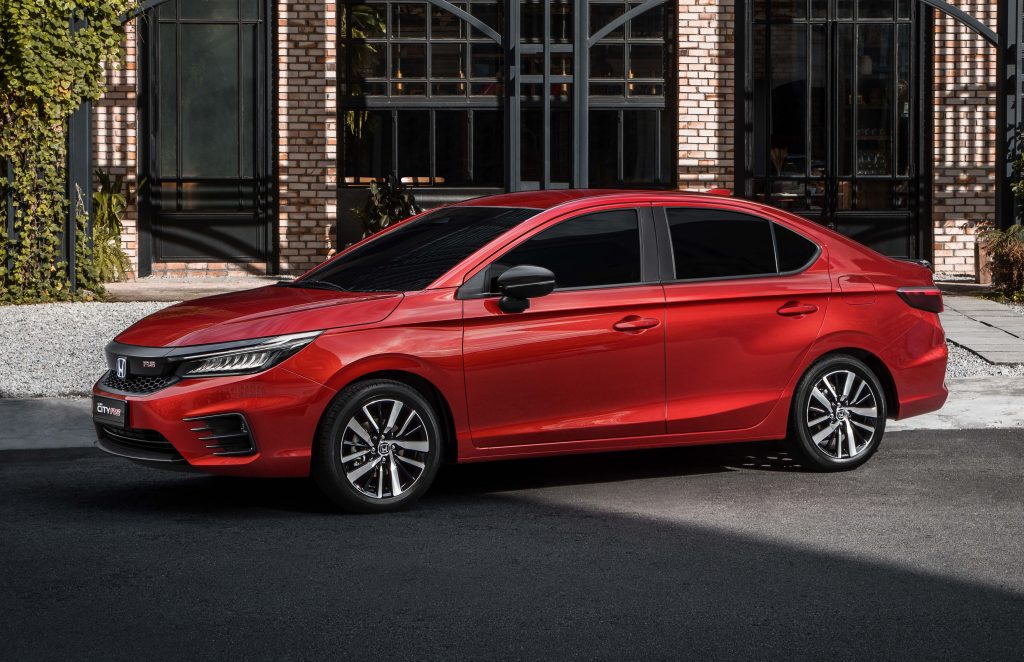
So let’s ask a few questions and do a quick hypothetical comparison between these two sedans and see which will be most likely come out on top in the battle of the new compact sedans.

A quick note though as at time of writing, many important details, like pricing, for both cars are yet to be announced by their respective manufacturers so this comparison might tilt in favour of one or the other when we know more about these details in the future. A couple of grand either way in this segment of the market does hold significant sway amongst buyers of these cars.
Styling
First off, let’s start with the looks of these two sedans. Both next-generation Honda and Nissan carry over a lot of its styling cues from its previous iterations, and both are launched wearing eye-popping red paint jobs.
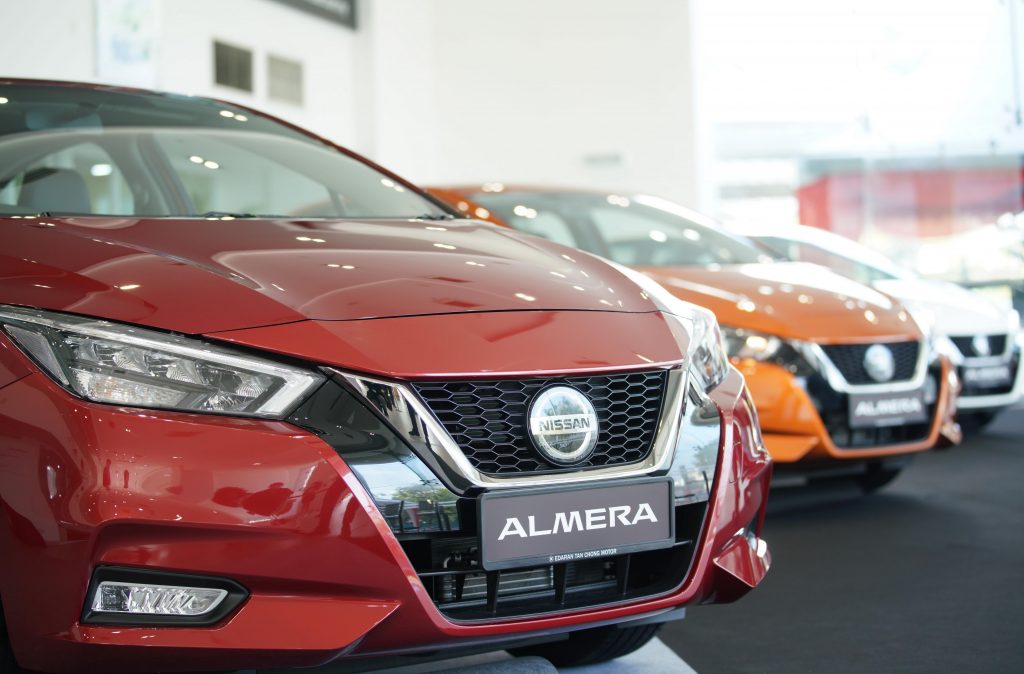
However that is where the similarities end as the Almera favours a more conservative, curvaceous exterior look, while the City continues down the path of being angular and sporty.
Credit where it is due to Nissan though as the styling of the latest Almera is actually much improved over the current one, so at least it deserves the most-improved award for this category here.
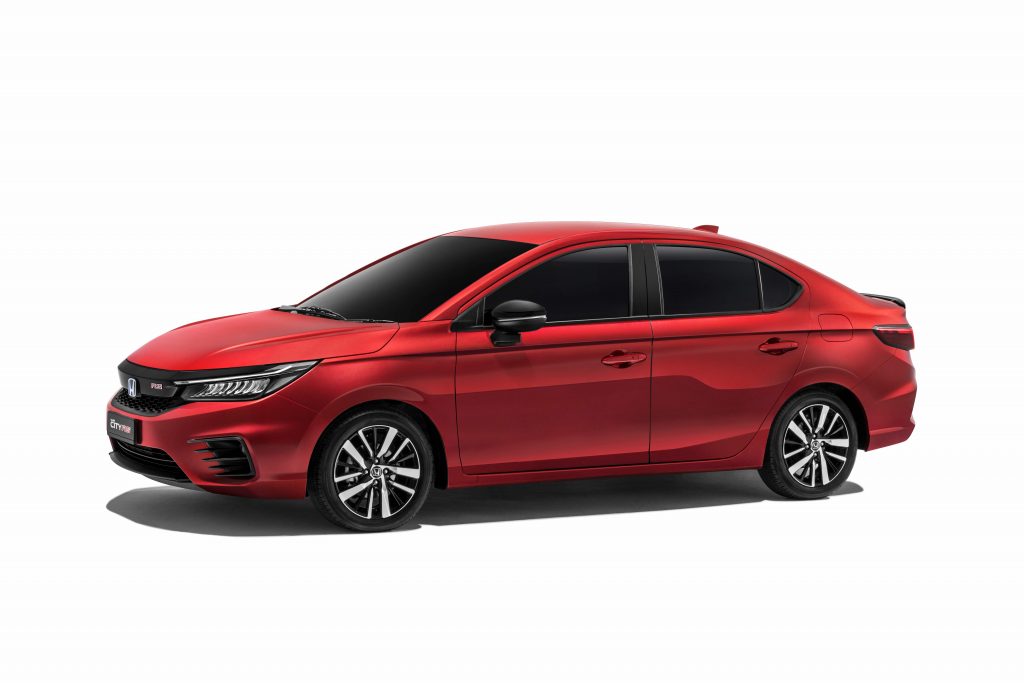
Powertrain
In other ASEAN markets, this area of comparison will be easy as both the Honda and Nissan will have 1.0 turbocharged three cylinders under their hoods. But Honda, for whatever reason, decided that Malaysia should be the place to debut its i-MMD powertrain in the top-of-the-line City RS.
Focusing on the heart of the Almera for the time being, the 1.0 litre turbocharged unit that apparently has GT-R derived Mirror Bore Coating technology claims to pump out a healthy 152 Nm of torque, and is capable of delivering an impressive claimed fuel economy figure of 18.4 km/l.
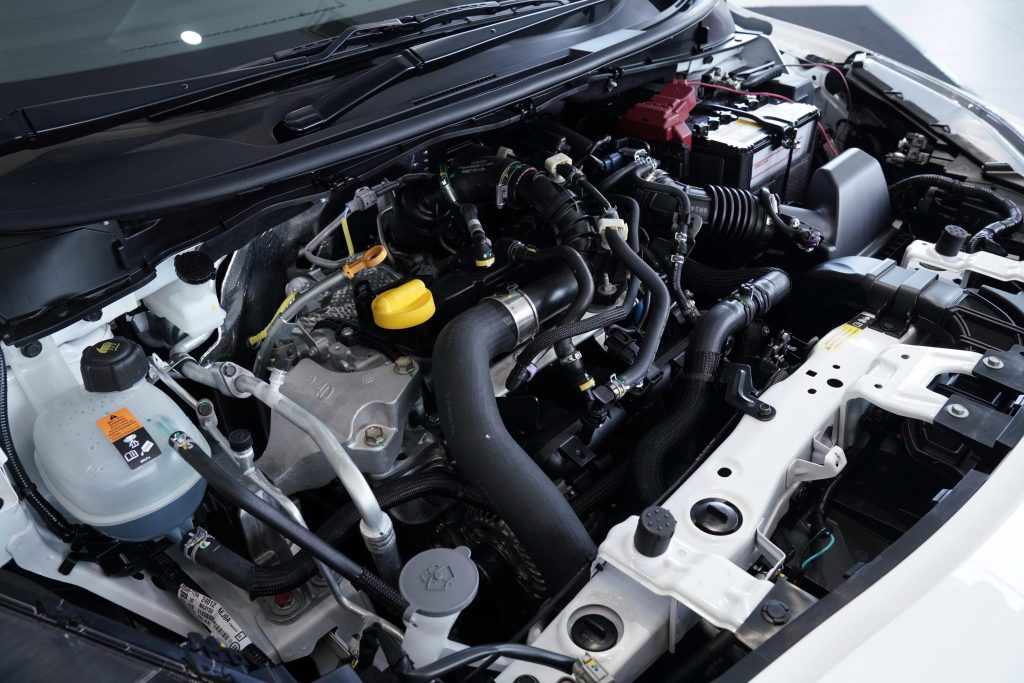
Looking at the powertrains in a purely numbers perspective however, regardless of how impressive the Nissan’s new engine is, Honda’s new hybrid blows it clear out of the water by delivering a staggering 253 Nm of torque. A figure that Honda claims is enough to even rival a naturally aspirated 2.5 litre powertrain.

There are a few caveats to this impressive headline figure from Honda though, and that is the rest of the City range below the top-spec RS still makes do with a new 1.5 litre DOHC naturally aspirated four-cylinder. Which unsurprisingly is slated to produce a more reasonable 121 PS and 145 Nm of torque. Thus making it more on par with the Almera in that respect.

Interior
As with the exterior of both cars, the interior likewise continues with the same general theme each manufacturer is aiming for.
The interior of the Nissan is a big step up from the current Almera, but it still follows a more simplistic design than the Honda. An 8 inch central touchscreen infotainment display with integrated Apple CarPlay along with a 7 inch semi-digital instrument cluster will likely appear on all Almeras, save for the base model.
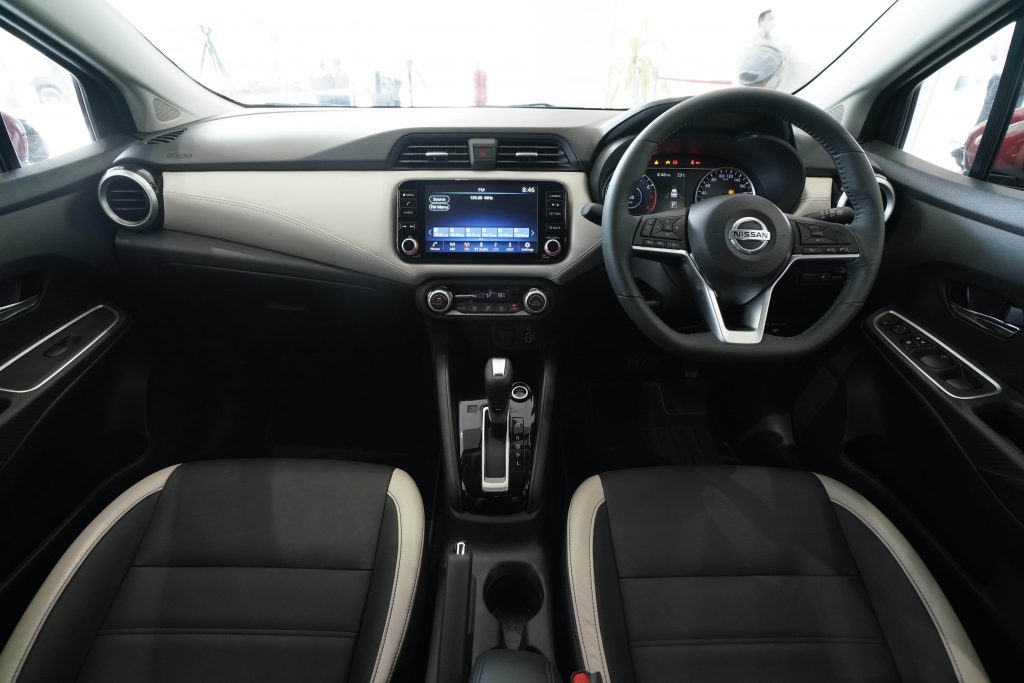
A padded dual-tone dashboard, automatic climate control and Nissan’s famously comfortable zero-gravity seats also make its way into the Almera to add a splash of comfort, while a flat-bottomed multi-function steering wheel is the only sporty flair in this particular B-segment sedan.
Those who want more style in their interior would probably have better luck in the Honda. The angular exterior design of the City carries on to the interior with more defined straight lines instead of the softer dash design of the Almera.
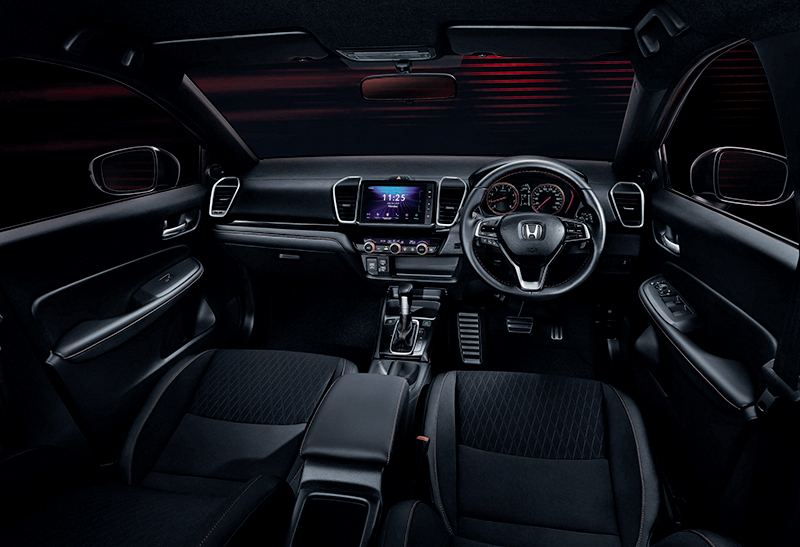
Black is also the predominant theme in the City. The piano black dashboard is accented only by the chrome rings around the angular air-vents and the large central touchscreen the only splash of colour in the otherwise dark interior.
It is worth pointing out here though that the information about the interior of the City was plucked from our neighbours up north, as till date still not a whole lot is known about the interior of the Malaysian-spec City.
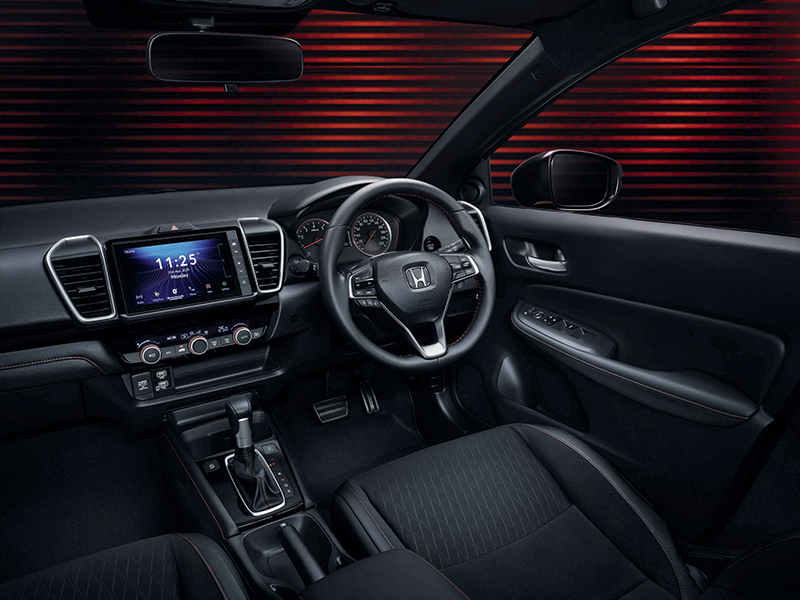
On the topic of practicality, it is really splitting hairs between the two sedans. Both will comfortably fit 5 adults and all their luggage, but in terms of actual numbers the Nissan might just edge the City out by just a hair on cargo capacity.
Safety
Both B-segment cars are to come with the usual slew of safety acronyms and a smattering of airbags, 6 in the case of the Almera. What sets these two apart though is the new active safety features that are available on both Japanese sedans.
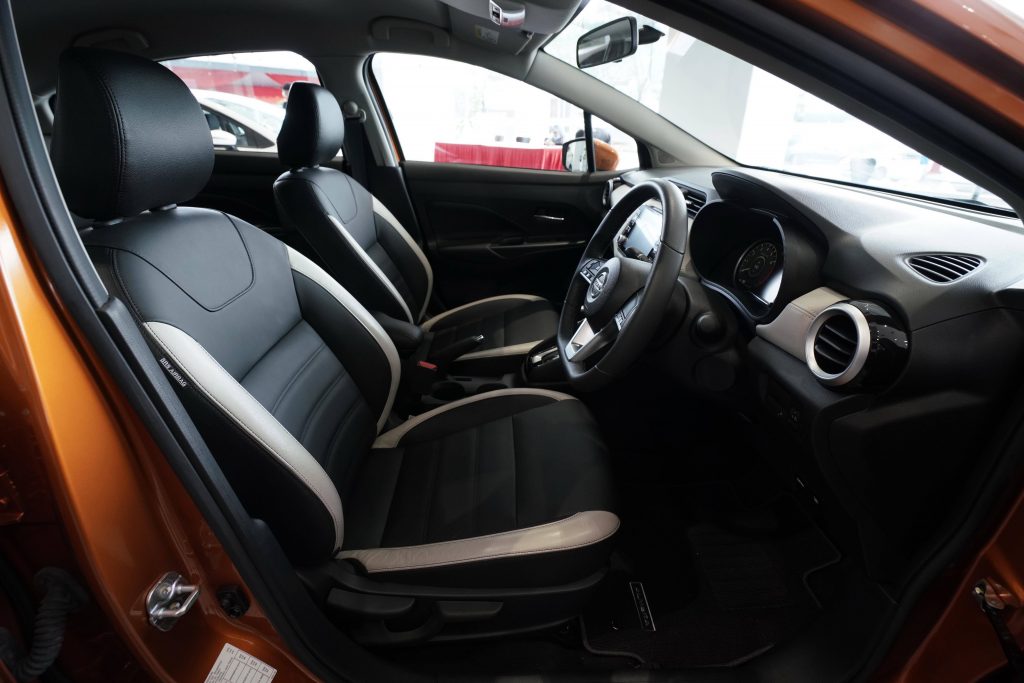
Higher-spec Citys will debut Honda’s LaneWatch blind spot camera while the hybrid City RS will be the only one to be fitted with an electronic parking brake. The next-gen Almera meanwhile is slated to come with Nissan’s Safety Shield 360 active safety suite, which supposedly includes Intelligent Forward Collision Warning and Braking, Blind Spot Warning, Intelligent Around View Monitor with Intelligent Moving Object Detection and Rear Cross Traffic Alert.
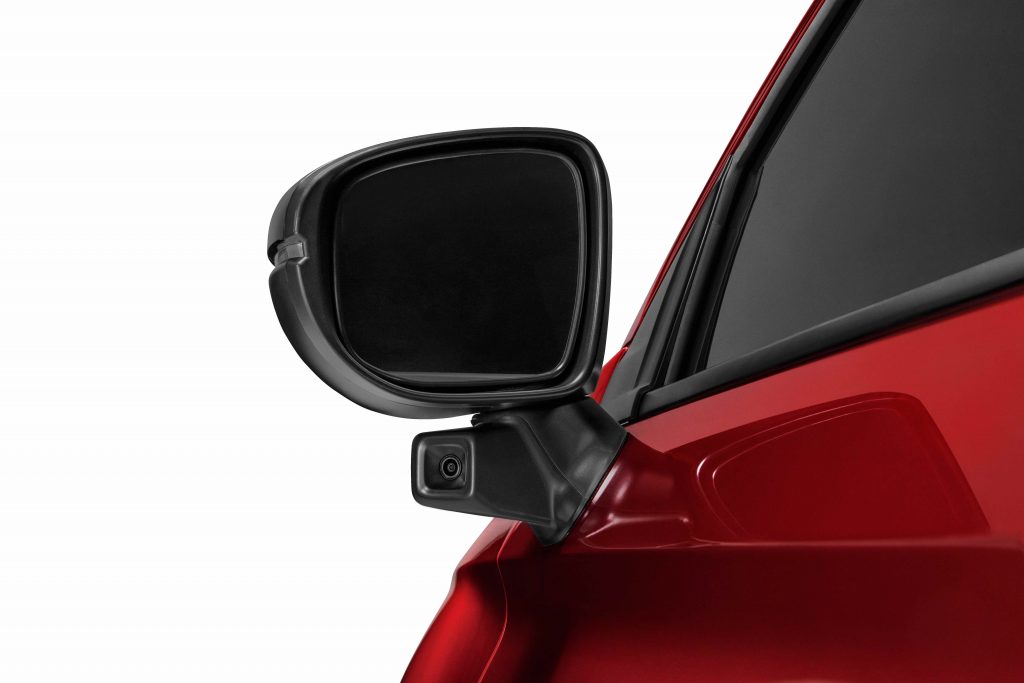
Unfortunately, it still remains to be seen if all these features are standard across the range or is reserved only for the higher-trim Almeras.
Running Costs
Seeing that both cars have yet to be launched yet, the debate on running costs are purely speculative at the moment.
That being said, one can reasonably come to the conclusion that the Nissan might probably edge the City in this department. For one, a three-cylinder engine would probably be cheaper to service than the four-cylinder on the normal City, what more about the complex hybrid powertrain in the City RS. The road tax will also be cheaper on the Almera as its only a 1.0 litre engine.
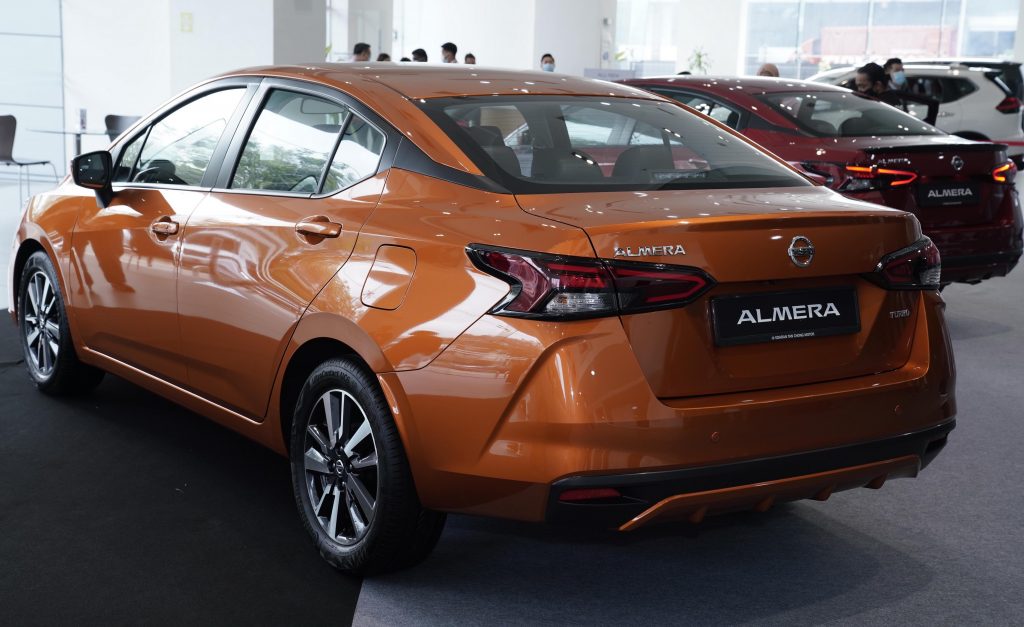
The City RS might have an advantage on fuel consumption though, but it remains to be seen how much a battery replacement will be in the future. This then brings us neatly onto the topic of resale value, the most important factor when buying a car in this segment.
Historically, the Hondas have commanded a higher resale value than the equivalent Nissans. But then again, the Almera was always significantly cheaper to buy in the first place. So only time will tell what the second hand market will be like for the newest Almera. What is certain however is that for resale value purposes, you can’t go wrong with the top-spec non-hybrid City.
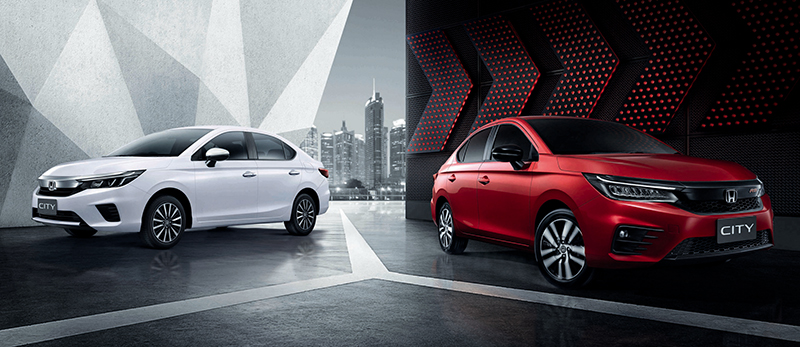
Conclusion
To sum up both cars, it is clear to see that the Nissan Almera is perhaps geared more towards the more sensible, usually older population. Especially with its conservative styling, comfortable seats and low running costs.
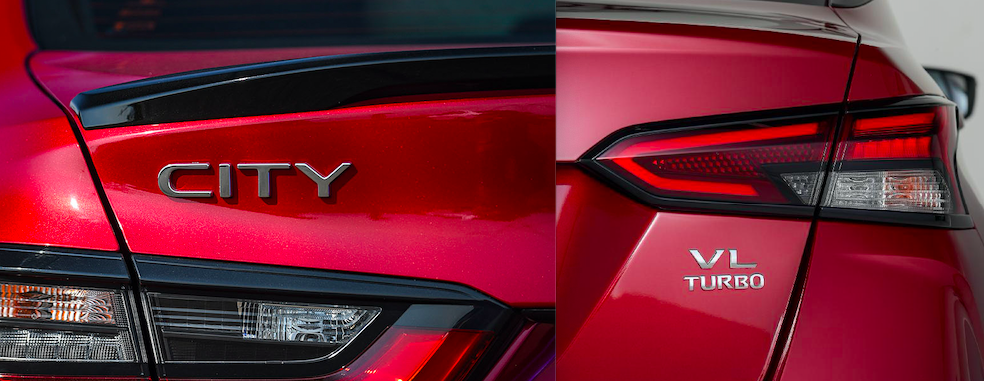
The new City meanwhile will cater more towards a younger target market thanks to its sharper styling and more importantly that technologically advanced torquey motor under the hood.
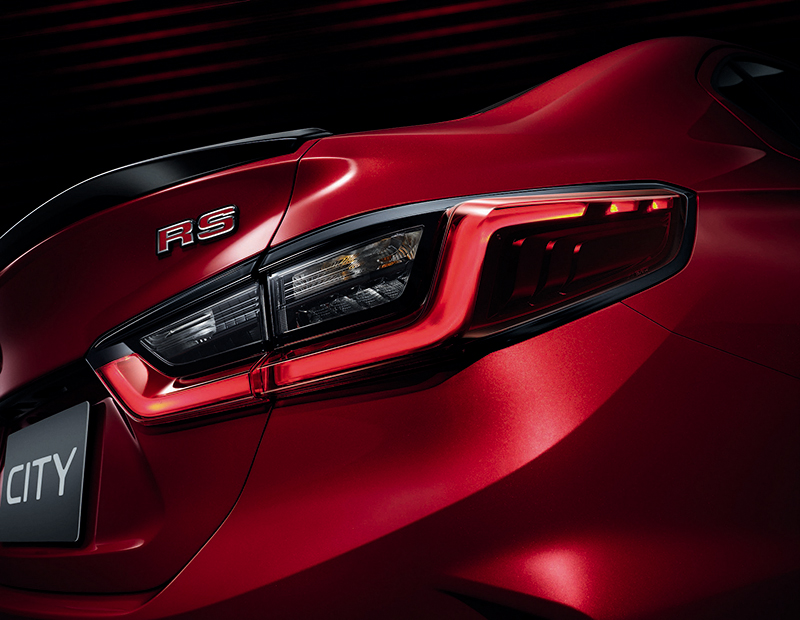
Both cars has its own unique appeal, but if I were to pick one out of the two, being the youngest writer on staff who likes to get a little bit of a move on while out on the road, the Honda City will be the one I’ll go for. That is on the condition that the hybrid RS trim does not come with a massive price jump over its lower spec variants. After all, as per Honda’s ad campaign: torque matters.

That being said, the Almera is no longer a car that you said you bought on price alone, and is now a genuine B-segment competitor on its own merit. So to any prospective buyer both these cars will probably satisfy your wants and needs regardless of which you drive out of the showroom with.




